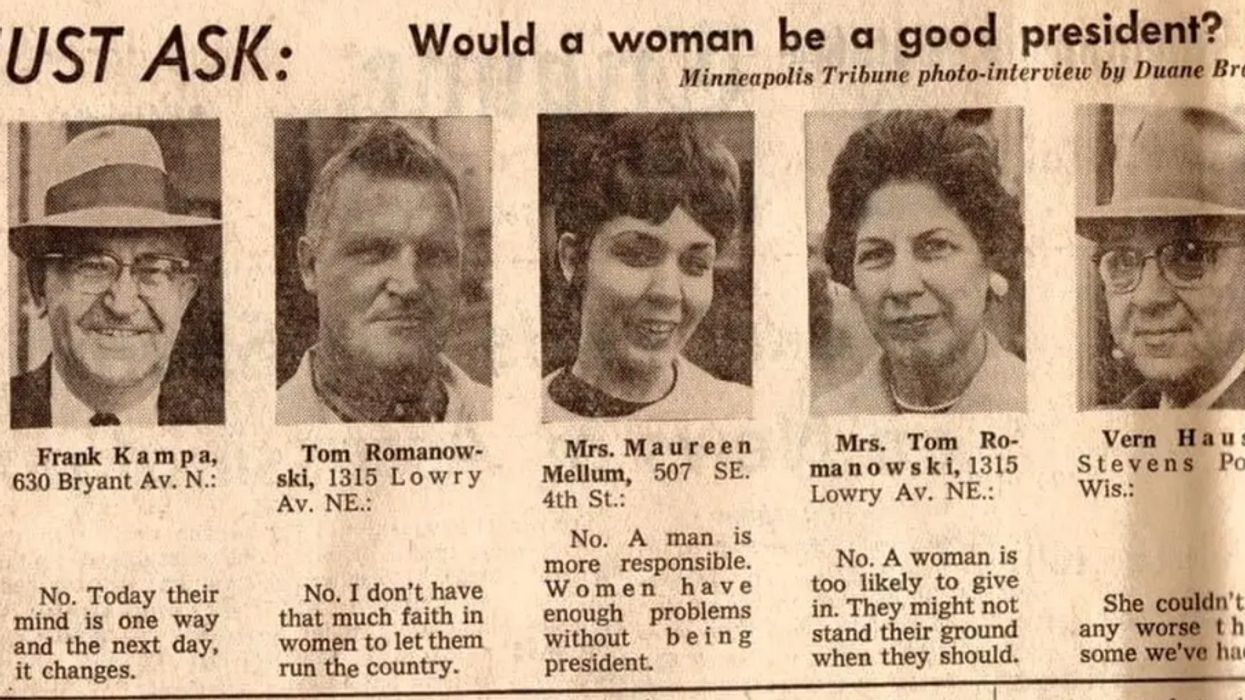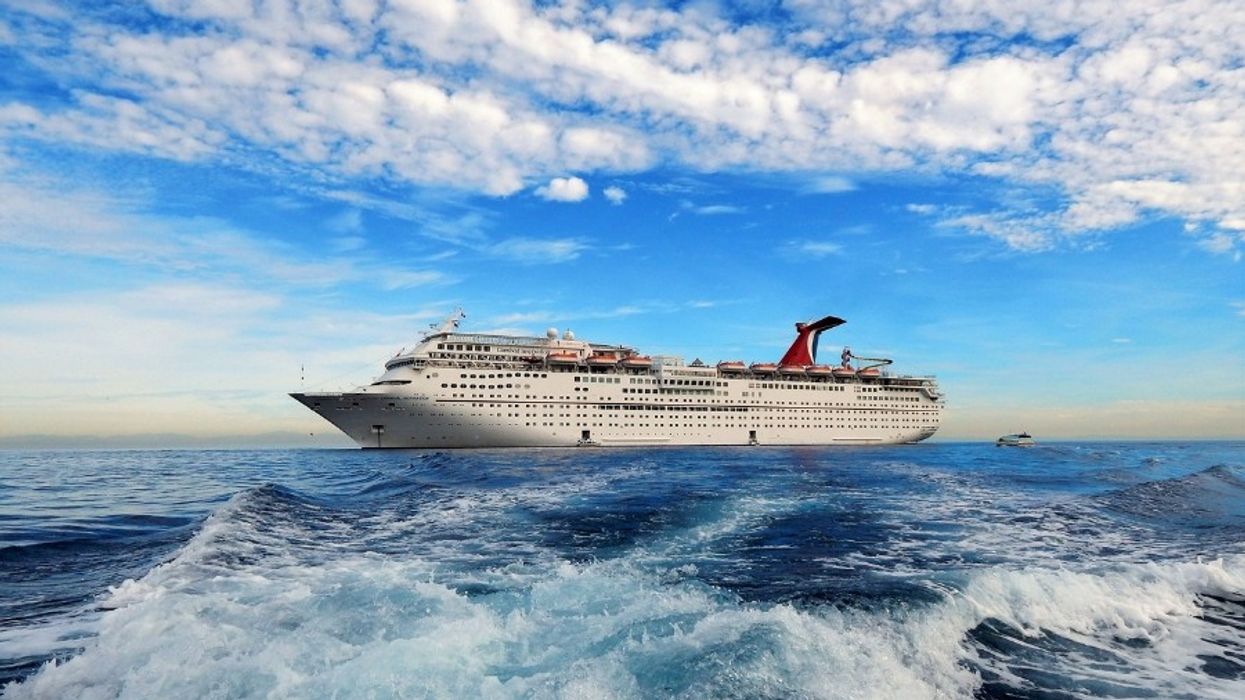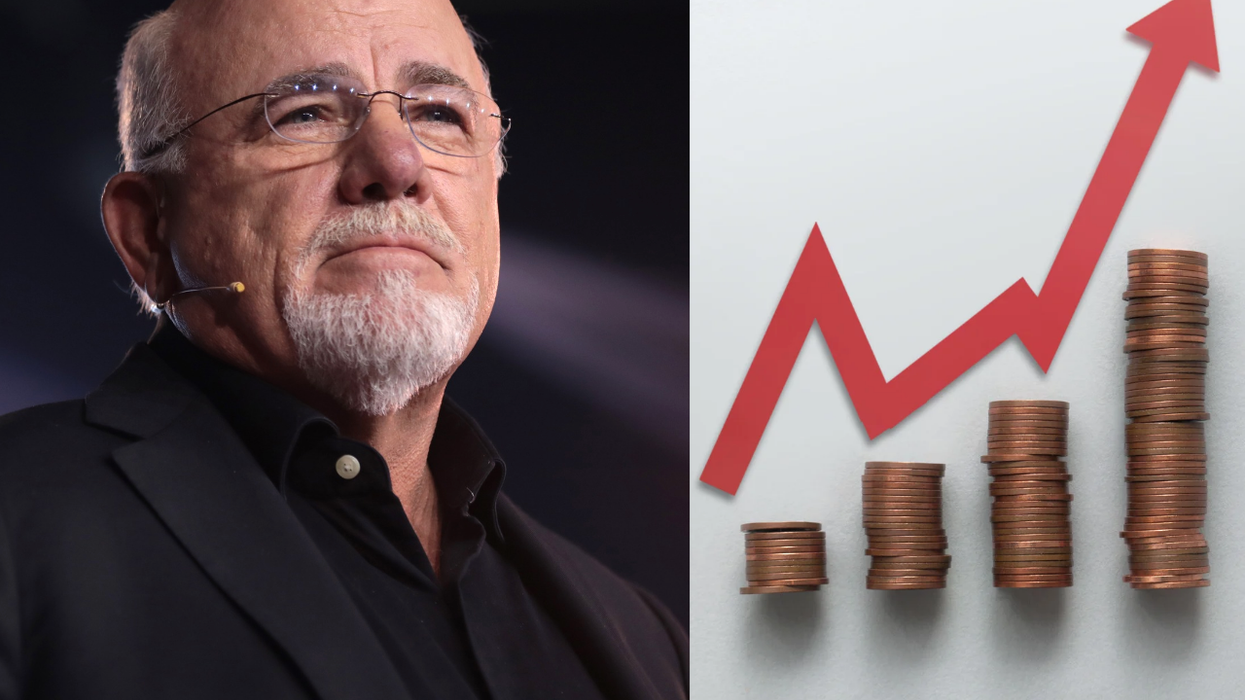Once, when I was very poor and considering my options, I hopped onto Craigslist to scope out the cost of a van. I could park it in lots for free, I reasoned, and I’d be able to sell my car for some cash. And, most importantly, I’d save on Seattle’s ever-increasing rent. I’d seen pairs of attractive white couples with long hair and cute dogs periodically crop up on Instagram and Tumblr, sharing their glamorous mornings under Mexican blankets, backed up to a roaring ocean with the doors wide open. The #vanlife fantasy has become so popular as a social media movement, The New Yorker even dedicated a lengthy feature to the topic.
So how much would it cost to make the fantasy real? I went in search of answers from the people who’ve not only done it, but shared their stories. In addition to the beautiful sunsets, there are very real nuts and bolts to consider.
The van: $3,000 to $60,000 and up
First, you’re going to need a van. The most popular kind? In my own searching, I was able to find an oh-so-trendy Westy on eBay for around $10,000, a Vanagon for $17,000, and the popular Sprinter for anywhere from $30,000 to upwards of $60,000.
This is fairly consistent with what Foster Huntington, 29, says he’s seen. Huntington, whose book, Van Life: Inspiration for Your Home on the Road, is due out this fall, didn’t start the #vanlife movement, but with 1 million Instagram followers and several sponsorship deals that allow him to make a living out of it, he is widely touted as one of the premier curators of this modern bohemian lifestyle.
Van prices span a dramatic range, from $3,000 to $100,000. “I think the most economic option is getting a Ford E-Series van,” says Huntington, noting that “they’re really reliable.” With a Kelly Blue Book price range of between $4,500 and $10,000 for a used E-Series, it’s a relatively affordable option.
“They may not be as “cool” as a Volkswagen, though,” he adds, which could cost you upwards of $25,000 or more for a model with a restored interior.
Moderations, repairs, and other hard costs: $30 to $25,000
In the interest of saving some cash, you can always buy a truly gnarly van with a crusty interior and strip it out; with an eagle eye for bargains, a potential van-lifer could find a fixer-upper for just $2,000. That’s what Lauren Hughes, 27, and her boyfriend, Shane Eubank did. Hughes and Eubank hail from Seattle, where she worked in human resources for a tech company and they shared an interest in photography. Their van, a Ford Transit 250 named Vanna White, has been a project years in the making.
“We started with insulation; added a floor, walls, and ceiling; created a custom kitchen setup and sink; built a bed at waist height; developed a storage system underneath; and added finishing touches like cedar plank paneling and curtains,” says Hughes, who’s one month into a year-long road trip. The pair saved up for 18 months while working full-time to build out the van, which also has solar panels to charges phones, laptops, and the refrigerator.
There are lots of DIY tutorials for adding slick wood paneling to your van, which could definitely save some money—curtains are under $50, flooring is regular laminate, and at $30 per wood paneling sheet plus insulation and the tools you’ll need, the interior will run about $1,200.
But that’s just for living in the camper; there’s also the small matter of the actual functionality. “Even if you already own a Vanagon—or if GoWesty were to give you one for free—the cost to go through it from end to end just mechanically is at least $25,000,” according to the retailer.
Huntington concurs, explaining that the most common surprises costs have to do with repairs. “I had a VW van that required a lot of maintenance,” he recalled. “There were unforeseen things where I had to cough up like, $1,100.” Being handy and able to make roadside repairs on your own will help, but that certainly can’t save you from a cracked head or a blown radiator ($400 and up) or a cracked head gasket (which basically totals the vehicle).
DIY work can also mean DIY-type issues. “When you build your own camper, there are lots of unexpected learning opportunities, and most times that leads to an unexpected cost,” Hughes explains. Sometimes, that means purchasing a cooler, only to decide later that you actually need a refrigerator (priced out at around $800 or more). It could mean finding a major leak in the ceiling two months before the trip and coughing up as much as $300 per foot of roofing to make amends. “Sometimes you just have to roll with the punches,” says Hughes.
Keeping it legal: $1,500 and up per year
Once your van is up and running smoothly, it’s time to budget for the little daily aspects. Chiefly, avoiding getting stopped for expired plates.
When you live on the road, you’re going to be driving a lot—which means you need to make sure your insurance, registration, and license are all above board. Depending on where you license your vehicle, you can expect to pay for licensing and registration fees up front and annually. (You shouldn’t need a special license, unless you’re driving a massive RV.)
To get a sense of the cost of licensing a new van, I used the California Department of Motor Vehicles’ estimator. If you purchase a vehicle that’s a 2000 model for $15,000 in Los Angeles, your estimated vehicle registration, licensing, and use and sales tax adds up to just over $1,500. Is a residential van considered a “trailer” or standard vehicle? And do you need a Class C license?
You may also have to get your van fit to pass an an emissions test if you live in a state that requires it. This can add substantial extra cost to an old-timey ride and could require extra engine work in the neighborhood of $200 to $700 before you trundle into the desert.
Insurance: $1200 per year
Insuring a van can be a bit tricky, too. The insurance rate will be based on how much the van is worth, which means if you’ve put a lot of work into your mobile home, you could end up spending more. And If you’ve got tickets, if you’re insuring more than one driver, or if you’ve had any arrests, that amount could increase.
Other matters that might increase insurance rates include which state you’re licensing the vehicle in, where you’re taking it, and how many miles it has on it. Oh, and if you’re heading to Mexico, you’ll likely need additional car insurance, but it’s only about $10 per month.
The Department of Motor Vehicles estimates the average driver in the United States pays around $900 per year to insure one person; for a married couple, it could be $1,500 or more. In Florida, monthly insurance costs are much as $3,000 per couple.
Parking: $0 to $40 per week
Overnight camping fees can cost between $10 and $40 a night, according to the website CostHelper. There are, of course, plenty of places to stay for free. Huntington says that that’s actually the most fun part of living in a van. “I paid to sleep maybe five times in three years,” he told me. “I’d try to avoid it at all costs. I feel like that’s kind of the fun of it—there’s a feeling of exploration and uncertainty. You have to be kind of sneaky.”
Parks, parking lots, sides of roads, and off-the-trail vistas that are Instagram-ready are all fairly available in the contiguous United States—but if you’re without service, you’ll need to be prepared to spend some paper at the next KOA you see (which ranges from $30 to $64 per night).
Living expenses: $1,200 to $1,800 per month, per person
Of course, #VanLife does not come without living expenses. From meals to gas and tolls, life on the road can easily add up if you’re not keeping track.
To keep costs as low as possible, Hughes says she’s “always looking for good deals on things like food”—but she admits they also like to eat fairly healthy. “We each eat about $10 in food per day and spend anywhere from $0-50 in gas per day, depending on our plans.”
Eubank and Hughes are just a month into their yearlong journey, and she says they’re still taking photographs and freelancing, but that the main purpose of the trip is to live on savings, not try to earn their way along. She says they’re planning to make it on about $20,000 to $25,000 per year (not including the van’s cost). She budgeted for approximately $1200 a month.
Not included in that monthly budget are Hughes’ student loan payments, the average of which can run about $242 for the modern millennial. If you have debt of any kind—credit card, mortgage, car payments, you’ll want to make sure those monthly checks don’t eat into your stipend, or else your trip could come to an end sooner than you’d like.
Making it work
And then, of course, there’s the big question: How do you actually make it work once you’re on the road?
For many van-lifers I spoke to, savings were key. “It took about 18 months to create a savings that would work for us,” Hughes says. “But it was well worth it to not need to depend on jobs.”
Hughes seems to be the exception, in many ways. Van-lifers, in general, tend to be younger people with means; a quick scan of the Instagram tag and it’s clear that recognizable status symbols—Pendleton blankets, S’well bottles, athleisure from lululemon, footwear from L.L. Bean—and image consciousness are part of the process.
Huntington was well-off to begin with and had worked in fashion before quitting to head out on the road. In the van, he worked as a photographer and on his first book about living in a van.
“The idea of employment is changing so drastically,” Huntington says, referring to the much-discussed rise of the freelance, remote-work economy. Many van-lifers work from wherever they are, operating from coffee shops (budget in an extra $10 for that) or libraries (which may not have free Wi-Fi in more rural areas). With so much freelance work to go around—“Generation 1099” is pretty used to working outside of a traditional office space—it’s not surprising that so many writers, photographers, social media mavens, designers, and yes, even brand ambassadors are hitting the road. Which means it’s less of a question of how to afford it, and more of a question of how to make it pay for itself. That understanding of branding—and of product placement—is how most of the top van life folks make their living.
Indeed, Instagram posts with sponsored content can help travelers with even relatively minor followings cover basic costs; free food is a cost savings of $10 per day (if you like Kettle Chips and Quest Bars), a hoodie can keep the cost of heating down, and a sponsorship with a gear or parts vendor could get you 50 percent off your needs. Plus, plenty of #vanlifers have turned their trip into an enterprise, selling t-shirts and other gear online.
But for every Instagram-famous van couple who earn quick cash snapping photos of snacks, there are plenty of others who are doing it the old-fashioned way. Huntington notes that, though the #vanlife Instagram trend may be fresh, living in a van is something young people have been doing forever. It just used to look a little different.
“They’d save up money and do it, or they’d work along the way as laborers,” he says. Which isn’t that different than working along the way as a blogger, reporter, or photographer—or, for that matter, a brand ambassador.
Final cost: $25,000 to $80,000 for the van + roughly $25,000 in living expenses per year = $45,000 to $105,000 total
Vanlife on a budget is definitely possible—thousands of Americans have no choice but to do it every day—but for most of the lithe, bearded, or bikini-clad young people who have zeroed in on this free-wheeling lifestyle, it’s not the object. “There’s something really timeless and amazing about being able to live in a way where you’re totally spontaneous,” Huntington tells me. “And a van is kind of the only way to do it on the cheap.”
Cheap, that is, assuming you can get the capital together in advance. After a final tally, the cost of getting a van road-ready starts to look more like a down payment on a house than an inexpensive lark across the country. And for all the carefreeness of the Instagram feeds and photos, there’s a distinct feeling that there’s some behind-the-scenes budget balancing that could be talked about a little more. In a month with no surprise expenses, the cost could range anywhere from $1,200 (according Hughes) to $1,800 (for Huntington) or more—which is comparable to rent in some of the most expensive cities across the country.
Unless you’ve got cash on hand and a relative level of handiness, though, if you’re in a crunch in an ever-tightening rental market, #vanlife is probably not your way out.






















